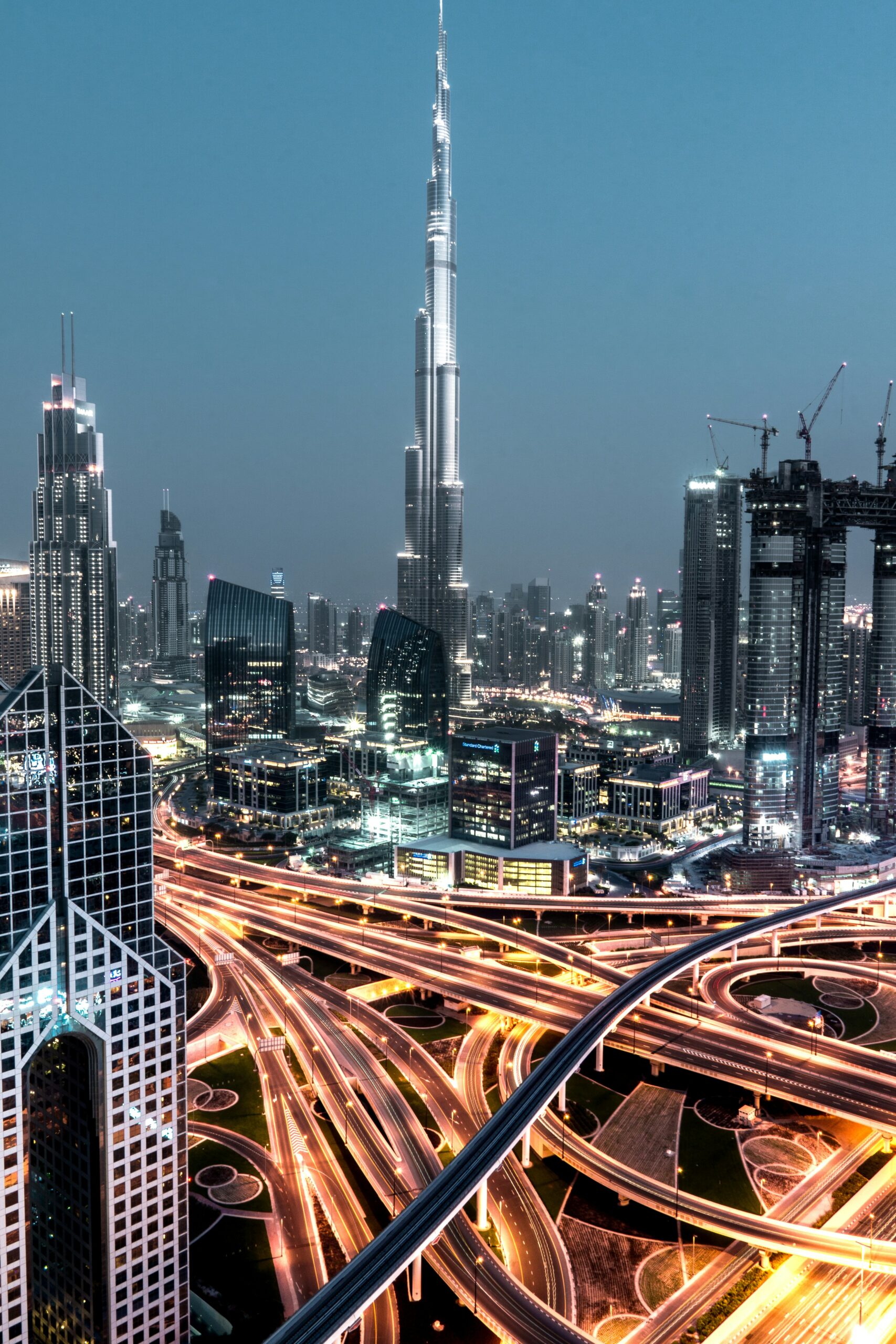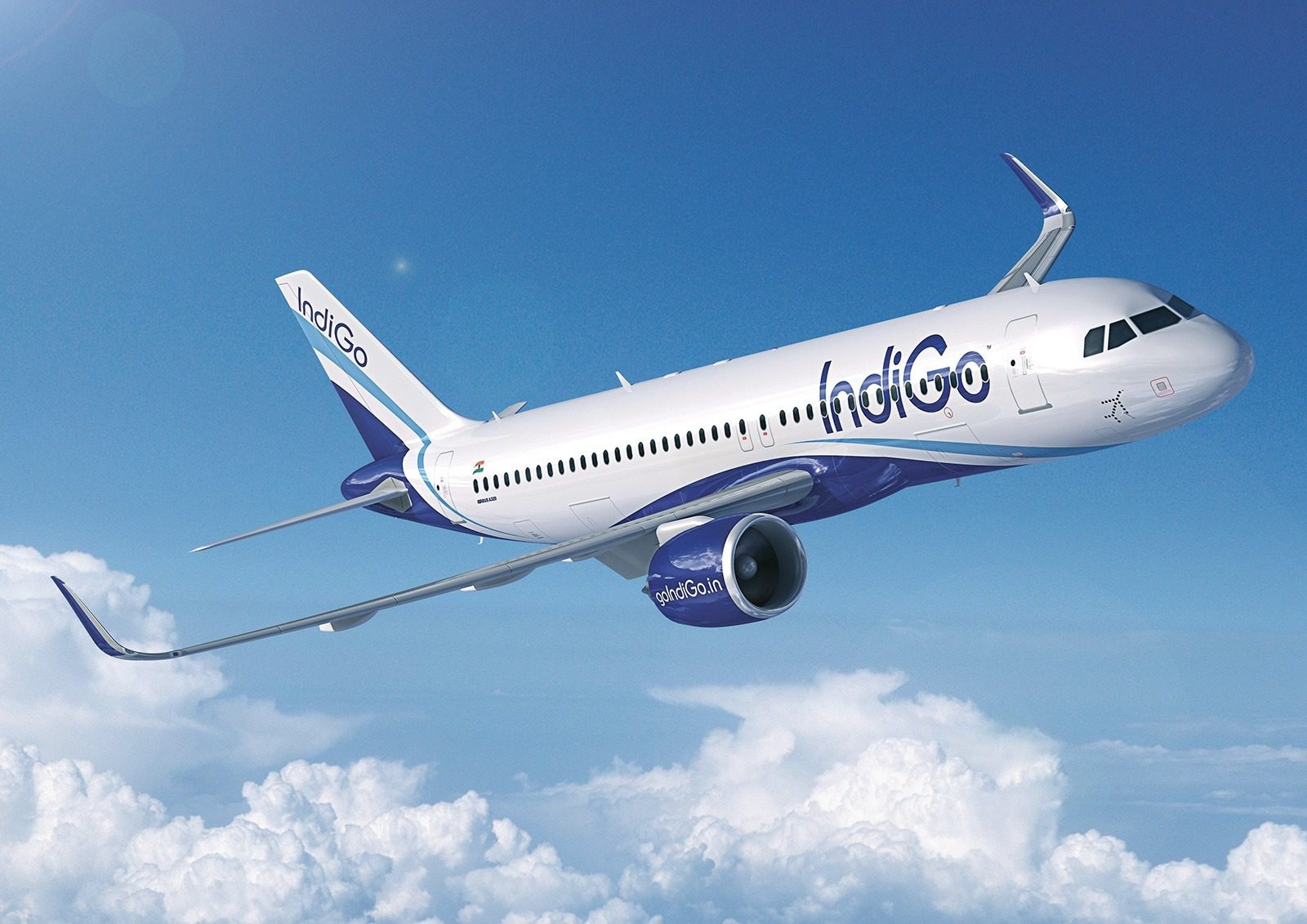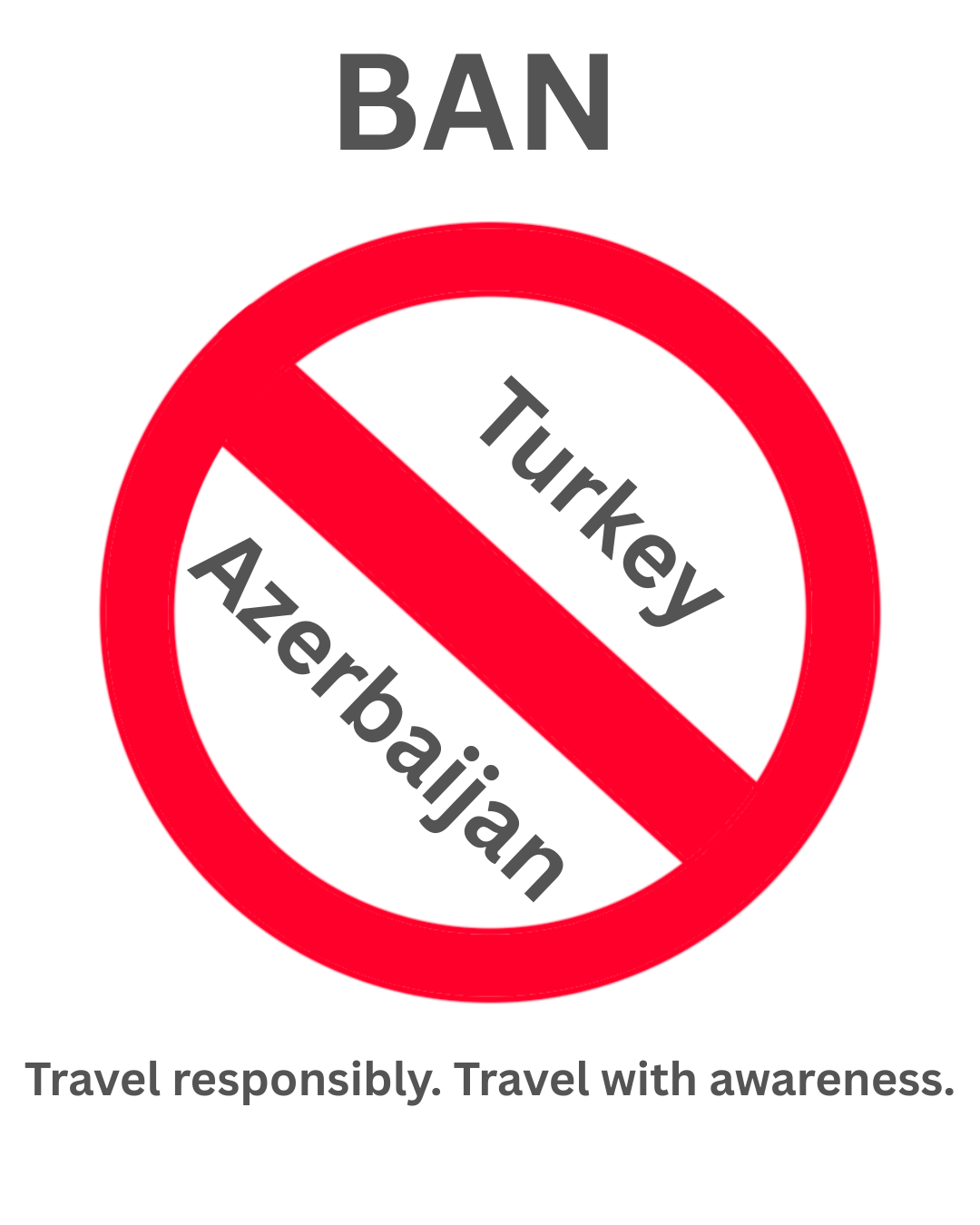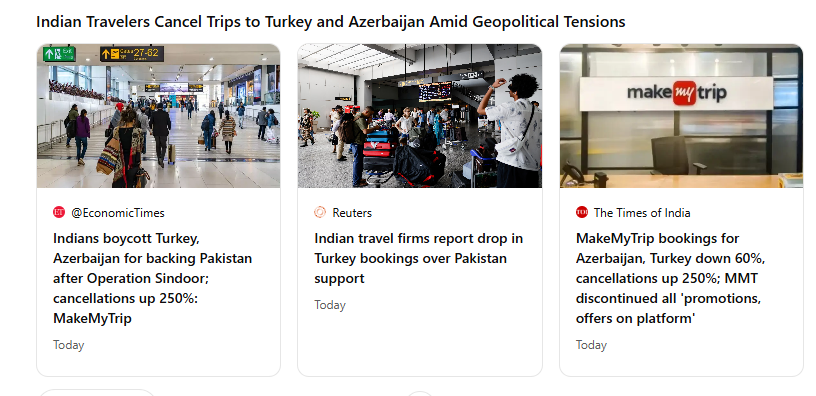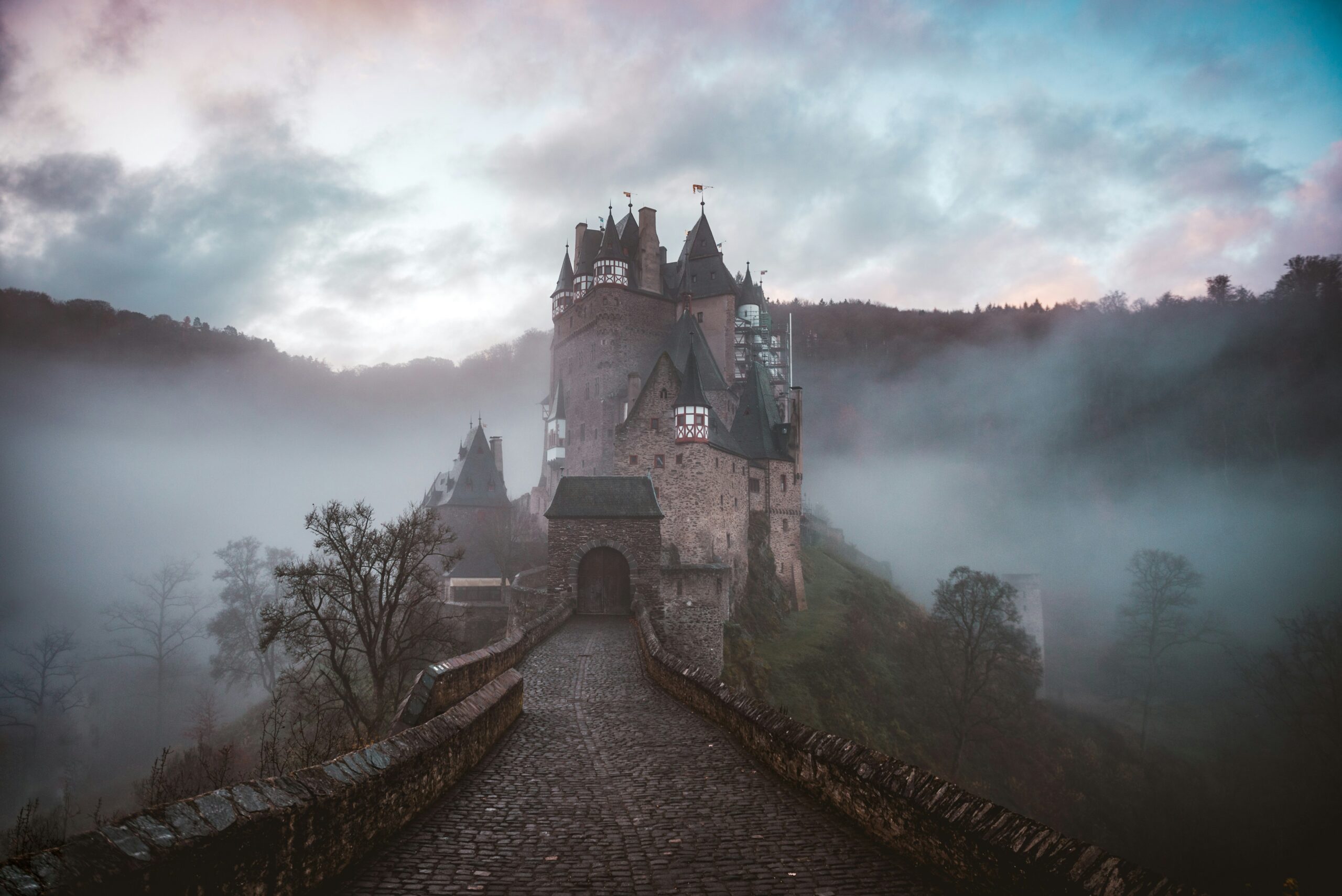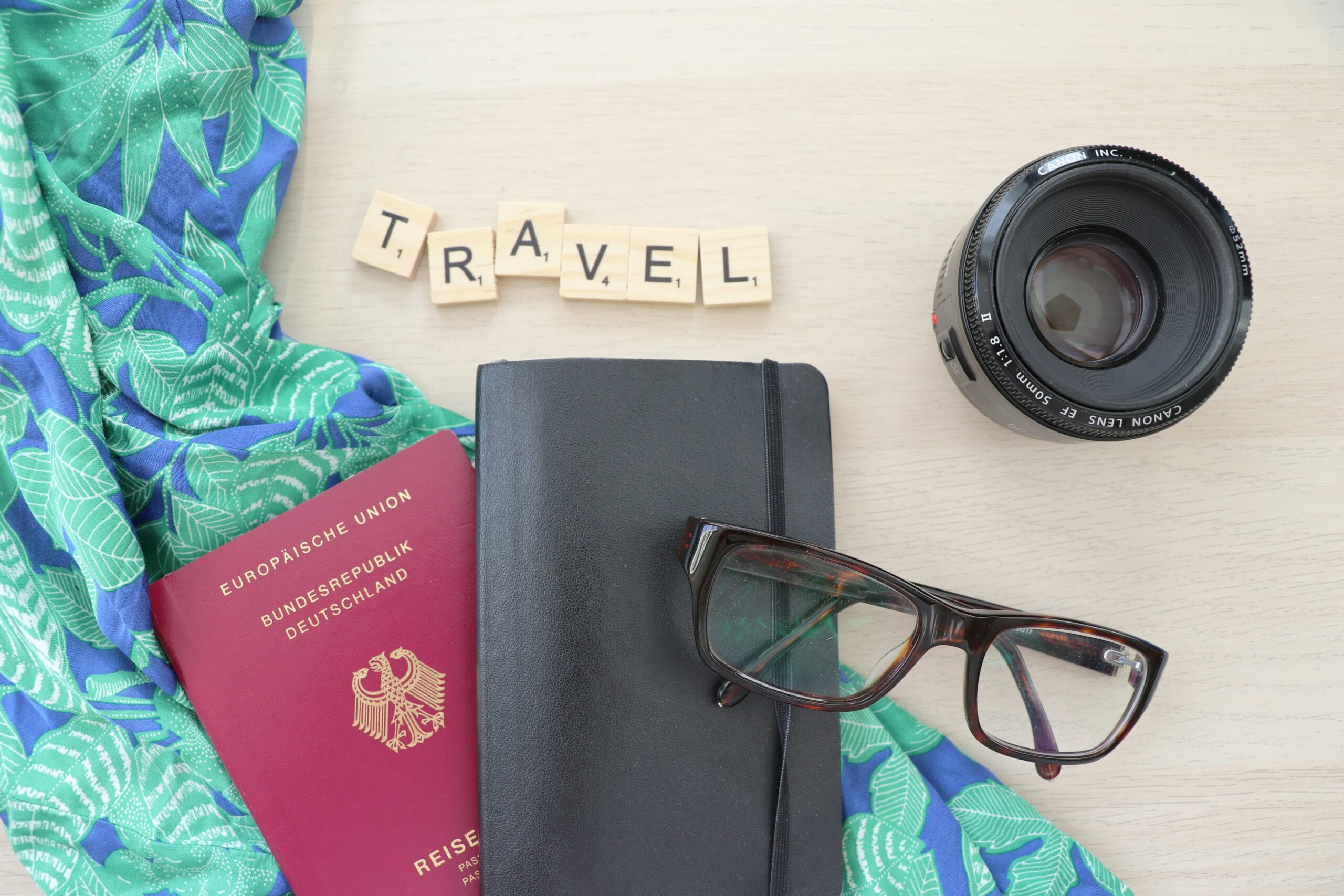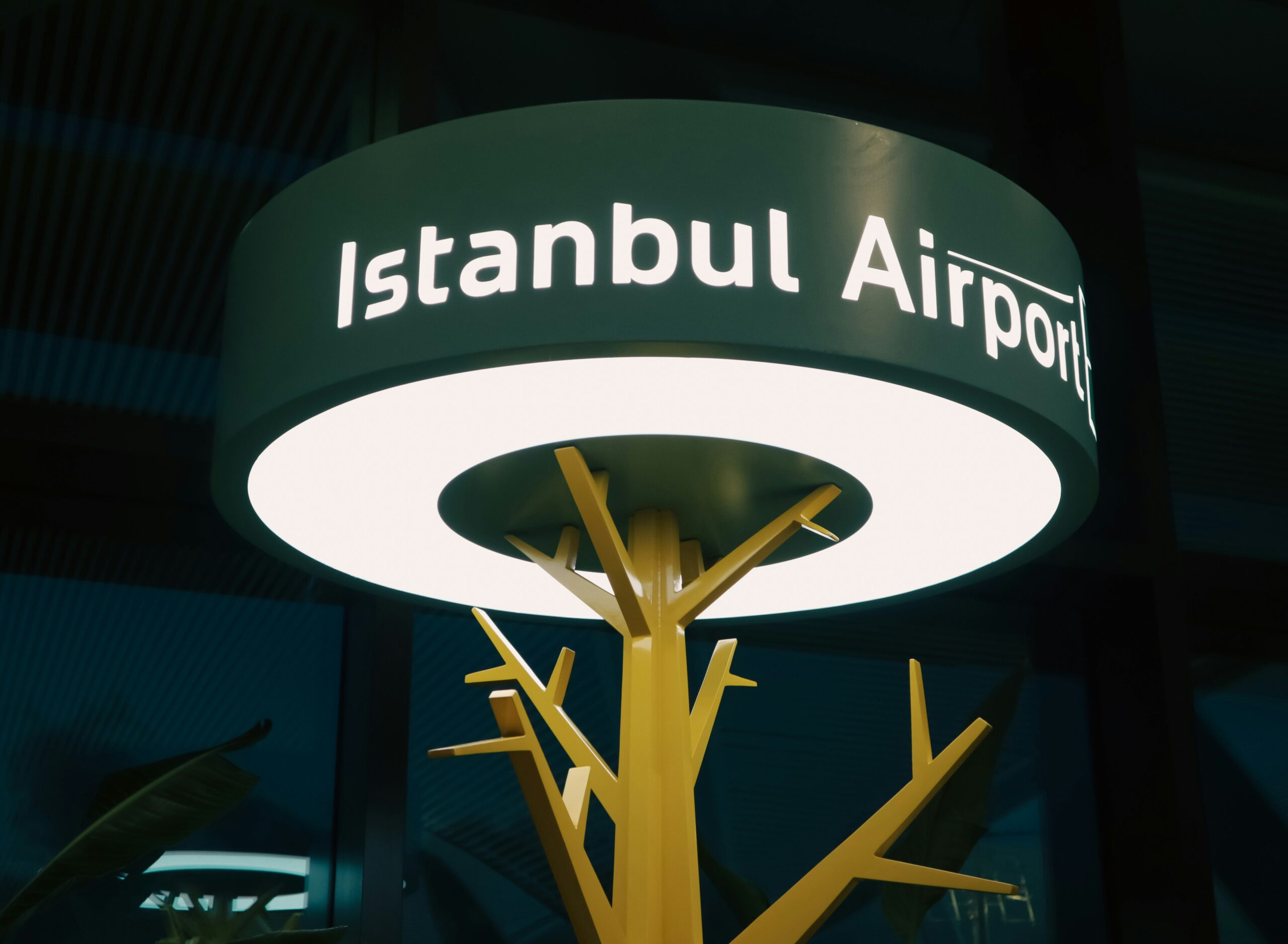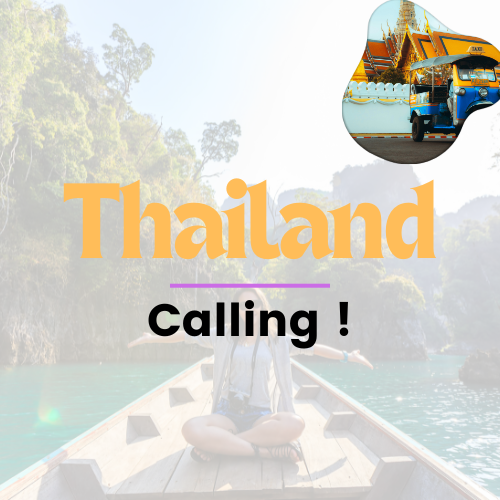The Kolkata-Bangkok Highway, officially known as the India-Myanmar-Thailand Trilateral Highway, is poised to be a game-changer in Asia’s connectivity landscape. Stretching from Kolkata in West Bengal to Bangkok in Thailand, this ambitious road project is set to pass through Siliguri, Guwahati (Assam), Kohima (Nagaland), Moreh (Manipur), and Myanmar, finally linking to Thailand and potentially extending into Vietnam in the future.
This international highway aims to boost connectivity, foster regional integration, and unlock a plethora of economic and tourism opportunities, especially for India’s North East.
Why the Kolkata-Bangkok Highway Matters
1. Boost to Tourism
Once completed, this highway will become a major route for cross-border travel. Easier road access means a surge in tourists—both domestic and international—keen to explore the rich cultural and natural treasures of Northeast India, Myanmar, and Southeast Asia.
From the tea gardens of Assam to the lush hills of Nagaland, and the heritage-rich cities of Thailand, this route promises an unforgettable travel experience. For travel agencies, tour operators, and eco-tourism brands, this opens up a lucrative market segment.
2. Economic Upliftment Along the Corridor
The highway is expected to stimulate economic growth across the regions it touches. Better connectivity will promote trade, small businesses, agriculture, and local handicrafts. New markets will open up for entrepreneurs and MSMEs, creating employment opportunities and boosting local income levels.
3. Development of Roadside Amenities
With increased vehicular movement, there will be a sharp rise in demand for roadside infrastructure—such as fuel stations, motels, rest areas, restaurants, and medical services. This translates to a surge in demand for investments in hospitality, retail, and food & beverage services.
Investment Opportunities Along the Trilateral Highway
This highway isn’t just a route—it’s a business corridor in the making. Investors and entrepreneurs should keep a close eye on these key sectors:
1. Hospitality and Accommodation
There will be an urgent need for hotels, resorts, homestays, and budget lodgings catering to tourists, truck drivers, and business travelers. Investing in hospitality infrastructure near junction towns and border points can yield high returns.
2. Food and Beverage Sector
From quick-service outlets to authentic local cuisine restaurants, there’s plenty of scope for setting up cafes, diners, and roadside dhabas. Mobile food trucks and franchises can also thrive in these high-footfall areas.
3. Tourism and Travel Services
Companies offering guided tours, adventure trips, border crossing services, vehicle rentals, and travel insurance will find a growing customer base. Travel startups can innovate with cultural tourism packages, curated itineraries, and eco-travel concepts.
4. Logistics and Warehousing
Given the project’s international scope, logistics hubs, cold chains, and warehousing facilities will become essential. The route will facilitate smoother trade flows between South Asia and Southeast Asia, encouraging logistics startups to build smart supply chain solutions.
5. Infrastructure and Maintenance Services
Construction and maintenance of the highway and related infrastructure will require civil engineers, material suppliers, transport service providers, and construction equipment leasing firms. Ancillary businesses, such as signage, toll booths, and safety equipment, will also benefit.
How to Capitalize on This Emerging Corridor
For those looking to tap into the opportunities created by the Kolkata-Bangkok Highway, here are key strategies:
🔹 Build Strategic Partnerships
Collaborate with local governments, tourism departments, private players, or international development agencies involved in the highway project. Joint ventures can reduce risk and improve local acceptance.
🔹 Conduct Market Research
Understand the demographics, behavior, and preferences of tourists and traders along the corridor. Tailor services and products based on cultural sensitivities and demand patterns.
🔹 Focus on Sustainability
Incorporate eco-friendly practices, such as solar-powered rest stops, biodegradable packaging in food outlets, and community-based tourism models that benefit local residents. Sustainable models will attract grants, subsidies, and global travelers seeking ethical options.
🔹 Stay Ahead with Digital Marketing
Leverage SEO, local search optimization, social media marketing, and multilingual content to reach diverse audiences from India, Myanmar, Thailand, and beyond.
A Transformational Leap for North East India
One of the biggest beneficiaries of the Kolkata-Bangkok Highway will be Northeast India. For decades, the region has remained economically underdeveloped due to its geographical isolation. This highway will act as a lifeline for connectivity, trade, tourism, and cultural exchange, bringing new prosperity to cities like Guwahati, Imphal, and Kohima.
By linking India directly with the ASEAN market, the Trilateral Highway aligns perfectly with the Government of India’s “Act East” policy, aiming to position India as a major economic player in Southeast Asia.
Conclusion
The Kolkata-Bangkok Highway is more than just a stretch of road—it’s a catalyst for regional transformation. Whether you are a business owner, investor, policymaker, or traveler, this corridor presents unprecedented opportunities. The key is to act early, plan strategically, and contribute sustainably to the growth of this promising route.
Are you ready to explore business or tourism prospects along this corridor? Drop your thoughts or questions in the comments!
